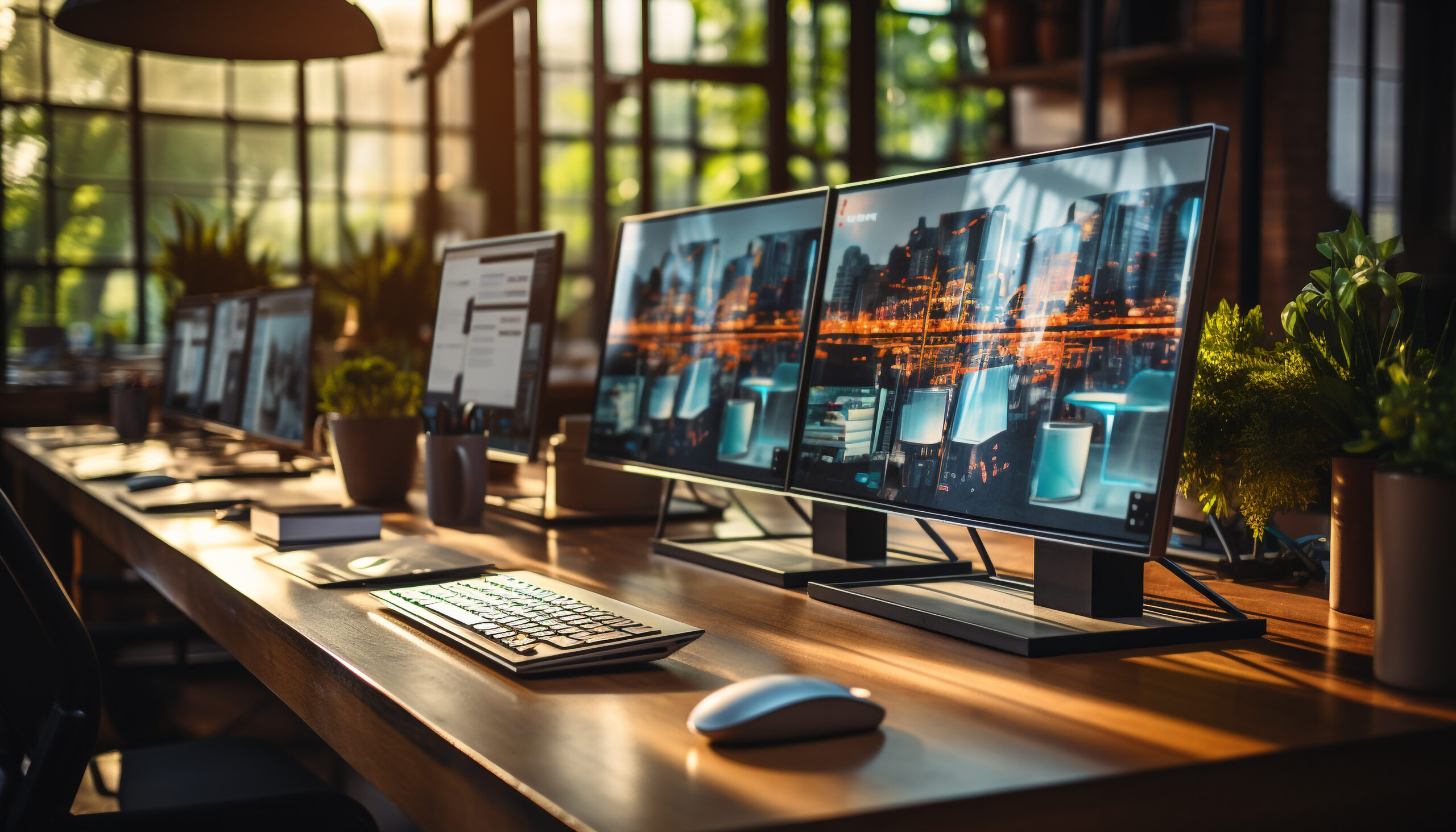Setting up multiple displays can greatly enhance your productivity and gaming experience by providing more screen real estate. However, the process can sometimes be tricky. This guide will help you troubleshoot common issues when setting up multiple monitors for your home computer.
1. Check Hardware Compatibility
Ensure Your Graphics Card Supports Multiple Displays
- Check your graphics card specifications: Verify that your graphics card can support the number of monitors you want to connect. Most modern cards support at least two displays, while higher-end models can handle more.
- Update your drivers: Ensure that your graphics card drivers are up-to-date. You can do this by visiting the manufacturer’s website (e.g., NVIDIA, AMD, Intel) and downloading the latest drivers.
Verify Your Monitor Connections
- Check ports: Ensure that you have the correct ports available on both your computer and monitors. Common ports include HDMI, DisplayPort, DVI, and VGA.
- Use appropriate cables: Make sure you are using the correct cables for each connection. For example, HDMI cables for HDMI ports and DisplayPort cables for DisplayPort connections.
2. Configure Display Settings
Windows Users
- Access Display Settings:
- Right-click on the desktop and select “Display settings.”
- You should see all connected monitors listed under the “Select and rearrange displays” section.
- Identify and Arrange Monitors:
- Click “Identify” to see a number on each screen, helping you arrange them properly.
- Drag and drop the monitors in the settings window to match their physical arrangement on your desk.
- Set Resolution and Orientation:
- Select each monitor and adjust the resolution and orientation (landscape or portrait) to your preference.
- Extend or Duplicate Displays:
- Under the “Multiple displays” dropdown, choose to either “Extend these displays” for more screen space or “Duplicate these displays” to mirror one screen onto another.
Mac Users
- Access Displays Settings:
- Click on the Apple menu and select “System Preferences.”
- Go to “Displays” and then click the “Arrangement” tab.
- Arrange Monitors:
- Drag and drop the displays to arrange them as you have physically set them up.
- Mirror or Extend Displays:
- Check or uncheck the “Mirror Displays” option to either duplicate or extend the display.
3. Troubleshoot Common Issues
Monitor Not Detected
- Check cable connections: Ensure all cables are securely connected.
- Try different ports: Swap the cables to different ports on the graphics card or monitor.
- Test with another monitor: Connect a different monitor to rule out a faulty monitor.
Display Flickering or Poor Resolution
- Check refresh rate: Go to display settings and ensure the refresh rate is set to the recommended level for your monitor.
- Inspect cables: Faulty or low-quality cables can cause flickering or poor display quality. Try using a different cable.
- Update drivers: Ensure that all display and graphics drivers are updated to the latest version.
Incorrect Scaling or Text Size
- Adjust scaling settings: In the display settings, adjust the scaling options to improve readability and ensure elements are displayed correctly.
- Customize DPI settings: For more advanced control, you can customize the DPI settings in Windows or adjust text size in macOS.
4. Advanced Tips
Use Third-Party Software
- DisplayFusion: Offers advanced multi-monitor management features for Windows users.
- SwitchResX: Provides additional display control for macOS users.
Explore Monitor-Specific Features
- Built-in features: Many monitors come with features like picture-in-picture (PIP) or picture-by-picture (PBP) modes, which can be useful for multitasking.
Setting up multiple displays can be seamless with the right tools and troubleshooting steps. If you encounter persistent issues, consulting your hardware manufacturer’s support page or forums might provide additional guidance. Enjoy your enhanced workspace and improved productivity with multiple monitors!
Remember, if you need to research laptops and desktops, you can go to https://pcfinder.net/
